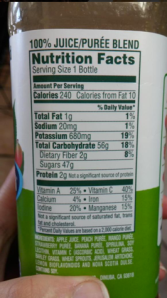In my family, we're not allowed to mention Christmas until the day after Thanksgiving. My mom always stressed that we were to spend at least a month being thankful for what we already had before even considering what to add to our Christmas lists. It is in that spirit that I've decided to devote a blog to the Thanksgiving TV moments I'm most grateful for. Feel free to share your own favorites.
ONE -- Pardoning a Turkey
C.J.
They sent me two turkeys. The most photo-friendly of the two gets a
Presidential pardon and a full life at a children’s zoo. The runner-up gets eaten.
BARTLET
If the Oscars were like that, I’d watch.
TWO -- Monica Dances with Turkey
THREE -- Look Behind You
Honestly, the whole episode of "Indians in the Lobby" is hilarious, entertaining and insightful. The next one is another scene from that same episode.
FOUR -- The Butterball Hotline
BARTLET
Stuffing should be stuffed inside the turkey, am I correct?
WOMAN
It can also be baked in the casserole dish.
BARTLET
Well, then we'd have to call it something else, wouldn't we?
This scene is also funny to me because I remember studying the two microbes the Hotline Lady mentions. My response to when first learning about them was pretty much the same as President Bartlet's.
FIVE -- Pilgrim Detectives and Butchering the English Language
This scene is also from the episode Shibboleth, and this scene lays the groundwork for the scene I've put at Number ONE.
SIX -- Chandler in a Box
SEVEN-- Brad Pitt on Friends
Really
I just like this because f the irony of Brad Pitt dissing his
then-girlfriend-now-ex Jennifer Anniston. There's a little truth to
every joke, right?
Happy Thanksgiving!









